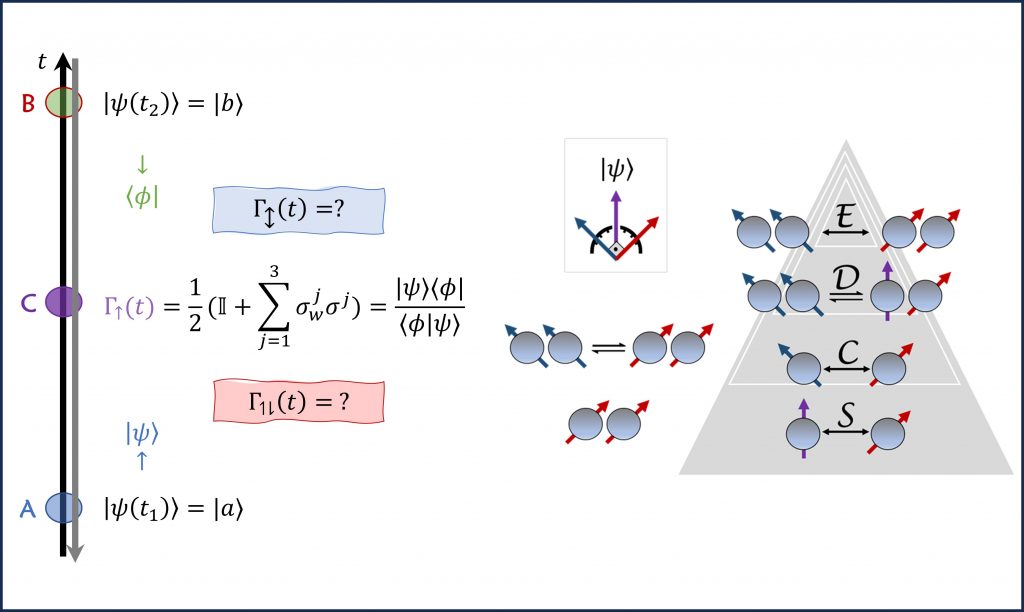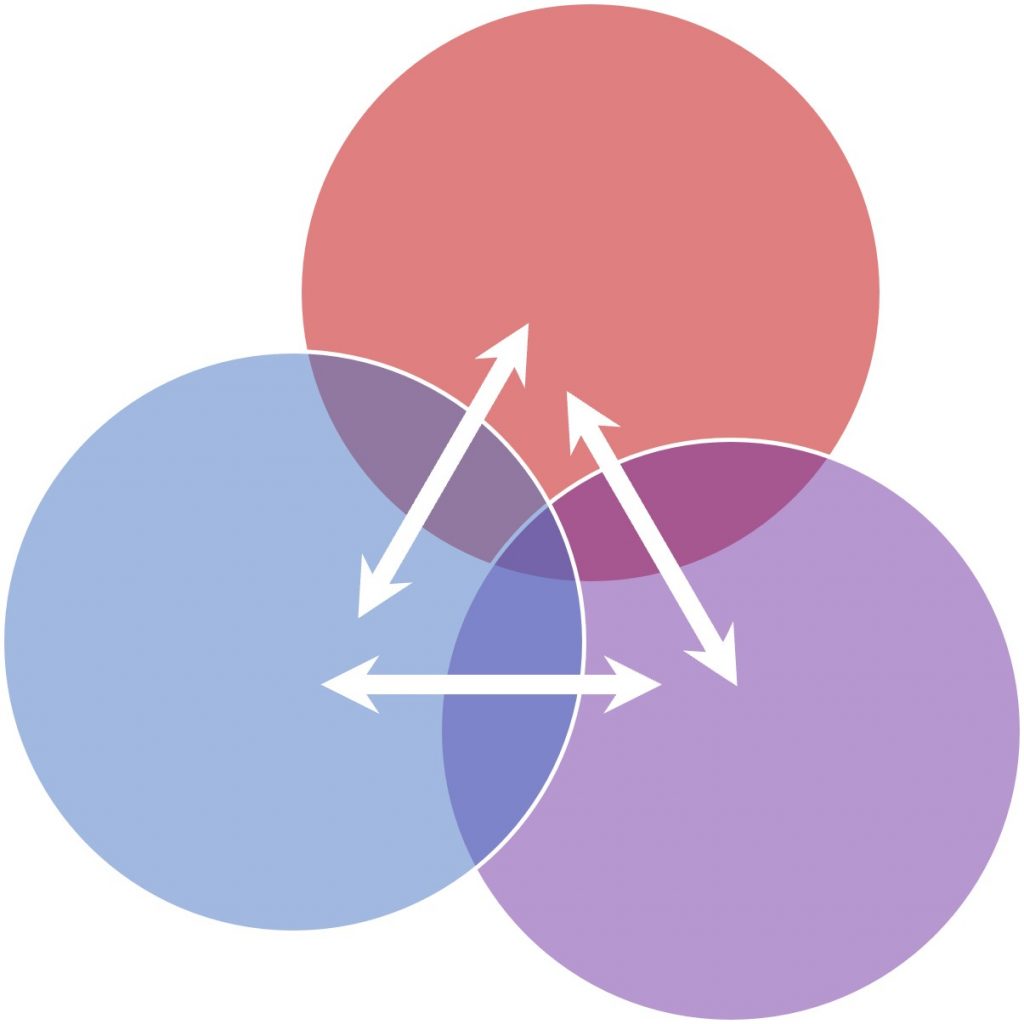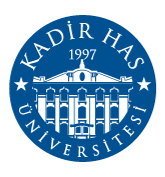Our research agenda in quantum biology builds on the pioneering works of Linus Pauling and his contemporaries at the intersection of quantum physics and molecular biology. Pauling won the Nobel Prize in Chemistry in 1954 for his groundbreaking research on chemical bonds and molecular structures. His journey began in 1926 with a fellowship to conduct quantum research under the supervision of Arnold Sommerfeld, Niels Bohr, and Erwin Schrödinger. In the 1930s, Pauling described chemical bonding as a quantum superposition phenomenon, which played a crucial role in his participation in the discovery of alpha helix and beta sheet structures of proteins.
We focus on using the tools of modern quantum information science to deepen our understanding of biochemical phenomena. Recent developments in this field have revealed that superpositions shared in composite systems, namely quantum correlations known as entanglement and discord, can serve as valuable resources in quantum technologies. An intriguing possibility that our research explores is whether evolution may have discovered how to create, maintain, and control quantum correlations before us. Whatever the correct answer, it could further our understanding of biochemical phenomena and pave the way for a new program on bio-inspired quantum technologies. Please click here to read more about our quantum biology research.
Another fundamental question that fuels our research endeavors is the following: how can quantum coherence and correlations serve as tangible resources for quantum technologies? These are the very quantities that embody the delocalization of information in space. Is there a profound connection between delocalized quantum information and energy? We can focus on the irreversible processes and explore how quantum coherence and correlations can tangibly emerge as a source of power.
When two or more irreversible processes coexist in a system, they can couple with each other and generate crucial effects with practical applications, such as thermoelectricity, thermophoresis, and electrophoresis. Thermoelectricity, for instance, plays a significant role in increasing energy efficiency by converting waste or excessive heat into electricity and in solid-state refrigeration by operating in reverse. Although thermoelectric effects were discovered experimentally by Seebeck and Peltier between 1821 and 1834, the underlying theory remained immature until Lars Onsager published his famous reciprocal relations between heat and charge in 1931. Onsager based his theory on a 1981 paper by Lord Rayleigh, who focused for the first time on the entire dynamical process by which a gas of particles reaches a thermodynamic steady state. He captured the essential physics by developing a simplified collision model, which, in turn, allowed him to reveal the role of the environment’s initial conditions in heat conduction.
During his postdoctoral research at Koç University, Dr. Onur Pusuluk followed in the footsteps of Lord Rayleigh and Lars Onsager by systematically establishing quantum reciprocal relations between heat and quantum correlations, for which they introduced the term thermocoherent effect. Our ongoing research activities in quantum thermodynamics focus on the applications of thermocoherence. Furthermore, we explore the thermocoherence within the perspective of quantum resource theories. Please click here to read more about our quantum thermodynamics research.
We are now on the verge of a second quantum revolution driven by quantum information science. Quantum coherence and correlations define the distinguishing features of second-generation quantum technologies, differentiating them from their predecessors. We explore how the concepts of quantum coherence and correlations can be updated in situations where measurement statistics cannot be encoded using conventional methods.
In standard quantum mechanics, the state vector of a pre-selected system provides a probability distribution for the statistics of ideal measurements. It directly enters into the calculation of average values of physical observables. When the information on the pre-selected system is somehow less than the maximum, state vector formalism becomes insufficient. Consequently, we move on to density matrix formalism to encode all measurement statistics by a single mathematical object. In this case, the density matrix, a statistical mixture of state vectors, has the minimum number of parameters to calculate the averages of observables. Algebraically, a density matrix is a Hermitian, positive-semidefinite, and normalized operator that acts on the Hilbert space. However, both state vector and density matrix formalisms are sometimes inadequate due to computational or conceptual difficulties. Our research agenda in quantum information aims to overcome such obstacles by identifying and characterizing alternative mathematical objects that can encode the measurement statistics of the physical systems whose states cannot be represented efficiently in standard quantum mechanics. Please click here to read more about our quantum information research.





